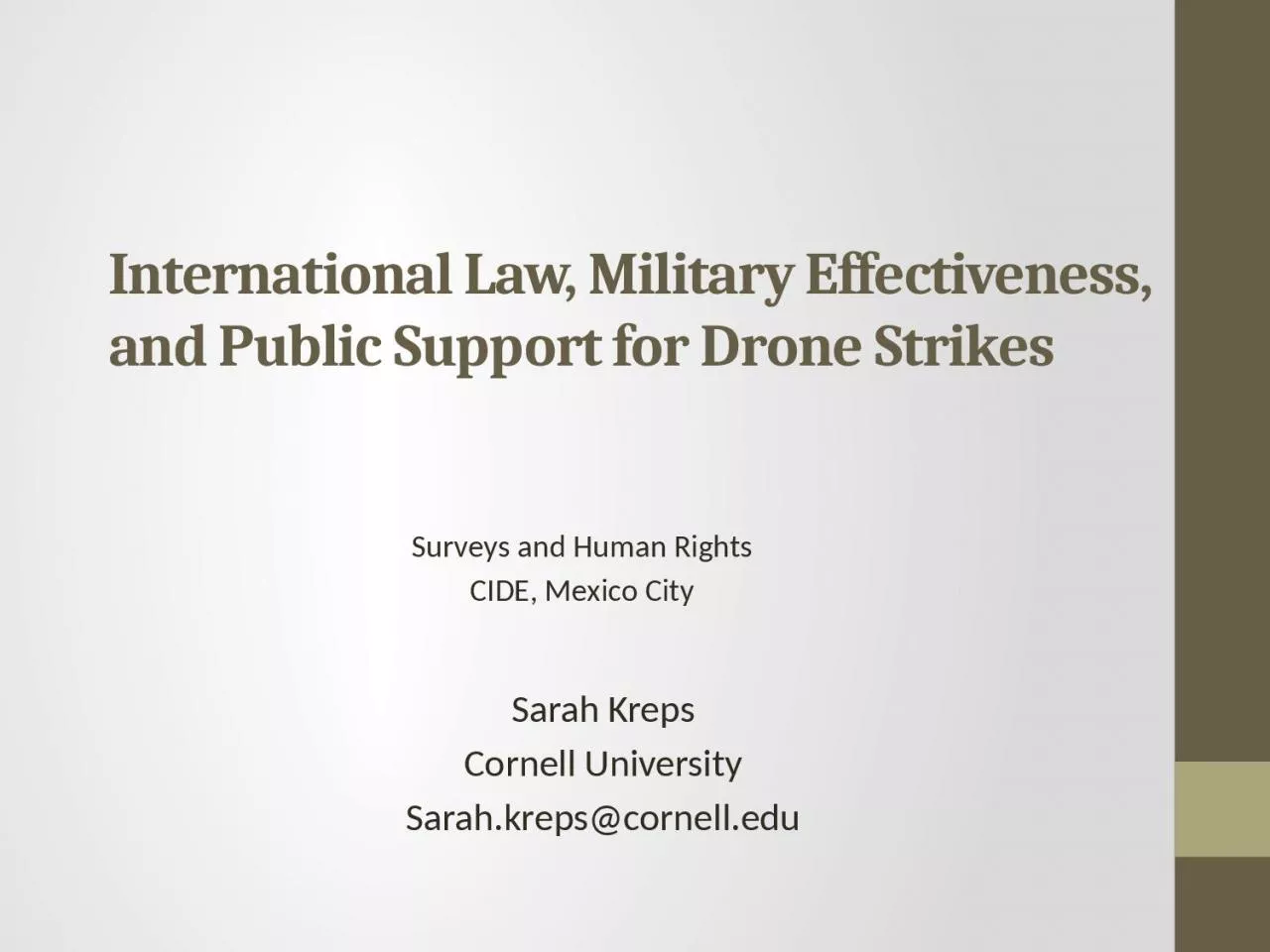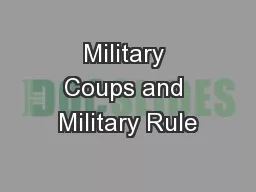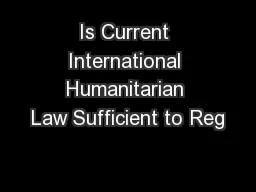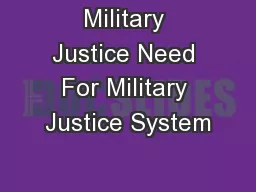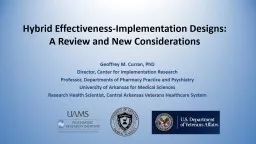PPT-International Law, Military Effectiveness,
Author : eleanor | Published Date : 2024-02-02
and Public Support for Drone Strikes Sarah Kreps Cornell University Sarahkrepscornelledu Surveys and Human Rights CIDE Mexico City Research Question Q How does
Presentation Embed Code
Download Presentation
Download Presentation The PPT/PDF document "International Law, Military Effectiven..." is the property of its rightful owner. Permission is granted to download and print the materials on this website for personal, non-commercial use only, and to display it on your personal computer provided you do not modify the materials and that you retain all copyright notices contained in the materials. By downloading content from our website, you accept the terms of this agreement.
International Law, Military Effectiveness,: Transcript
Download Rules Of Document
"International Law, Military Effectiveness,"The content belongs to its owner. You may download and print it for personal use, without modification, and keep all copyright notices. By downloading, you agree to these terms.
Related Documents

